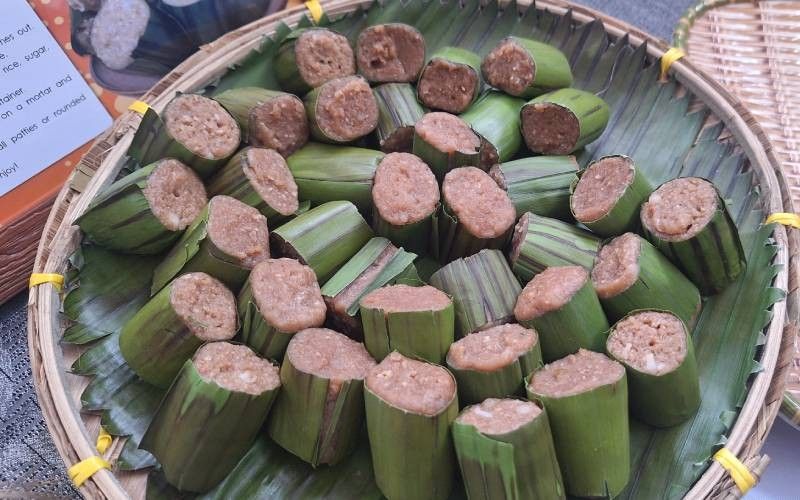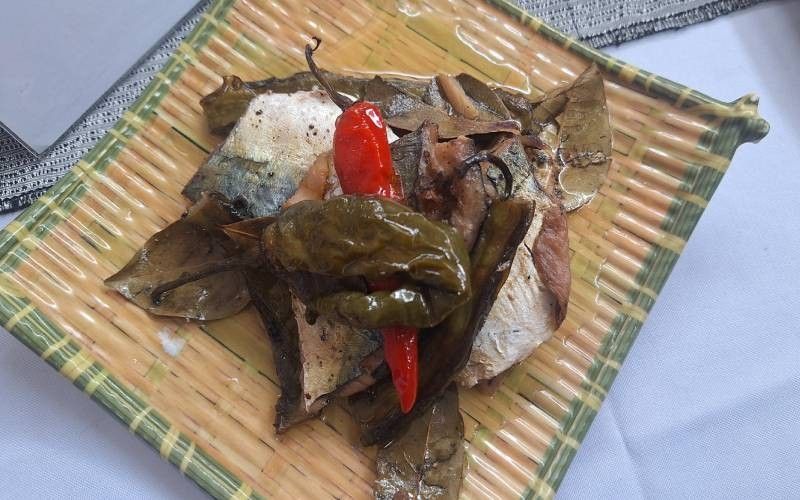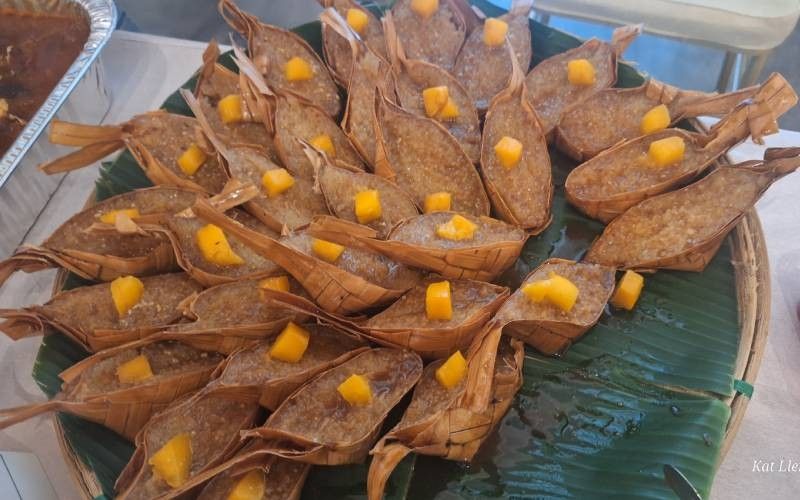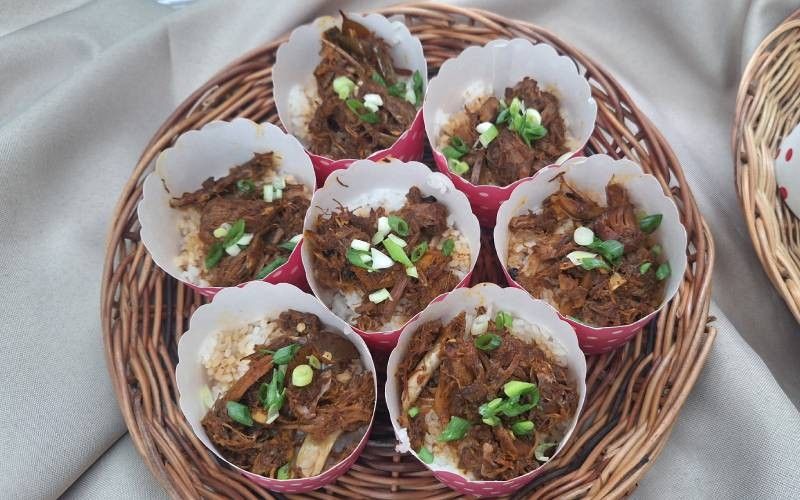
Upgrade to High-Speed Internet for only ₱1499/month!
Enjoy up to 100 Mbps fiber broadband, perfect for browsing, streaming, and gaming.
Visit Suniway.ph to learn
Some of the Capiznon food presented at the Kima Kima Cooking Competition at the Robinsons Capiz on April 6, 2025.
Philstar.com / Kathleen A. Llemit
CAPIZ, Philippines — Capiz is commonly known as the "Seafood Capital of the Philippines," but apart from the freshest seafood, the province at the tip of Panay Island is more than its generous bounty from the sea.
Capiznons showed its variety of food, from fresh seafood to its rice delicacies, earlier this month at two of the events featured during the province-wide festival Capiztahan from April 1 to 6.
Last April 5, Capiz held its eat-all-you-can seafood festival “Surambaw” in its gymnasium, where guests feasted on lobsters, mussels, oysters, crablets, and Capiz’ eel delicacy called Puyoy. It is a mainstay at the annual Capiztahan.
Students from different schools and universities demonstrated how Capiz food influenced culture through a street dance and float parade.
Capiz Provincial Tourism and Cultural Officer Al Tesoro said that Capiz has 31 published folk dances, with many inspired by its food, which cements the province as the "Folk Dance Capital of the Philippines."
“We can name a lot of folk dances now inspired ng yaman ng dagat. We have the 'Inalimango,' 'Pasigin,' 'Bilaskogay,' and other folk dances. Diyan pa lang pinapakita kung gaano ka-attach sa buhay ng Capiznon, ka-importante ang pagkain,” Tesoro said.
Apart from Capiznons showing their love of food through folk dances, they also showed their rich food scene through food activities that showcased the ingredients found in the province’s different municipalities.
The National Commission for Culture and the Arts (NCCA), through its Panakot program together with the Capiz Tourism and Cultural Affairs Office, held the Kima Kima Cooking Demonstration in Robinson’s Place in Roxas City last April 6.
The activity is part of the National Filipino Food Month celebrated every April, initiated through Presidential Proclamation No. 469 signed in 2018.
Students used ingredients to whip up Panay food, including their famous rice delicacy Baye-Baye, made from a mixture of glutinous rice and grated young coconut. Puso (rice delicacy), Kinilaw (meat cooked or marinated with vinegar or any citrus fruit and spices), and variations of Adobo were also prepared. Savory items that heavily feature coconut milk were also served.
“It’s important for NCCA to reach out to the young people with your new ideas because we are not looking only at the heritage of our culinary practices, but we are also looking on how this will innovate, how can we look into a certain creation that are rooted in our culture, that are rooted in our local ingredients, yet we are capturing not just the new trends that we see around us,” said NCCA Deputy Executive Director for Administration and Support Services Marichu Tellano.

Baye-Baye

Sardinas



Gulaman
<
>
RELATED: Filipino food advocate chef Jam Melchor launches 'Kayumanggi' cookbook

 2 months ago
53
2 months ago
53



